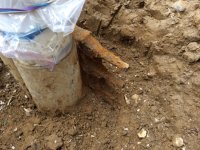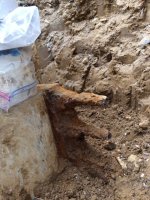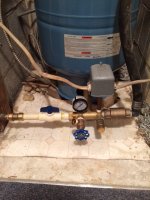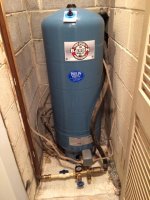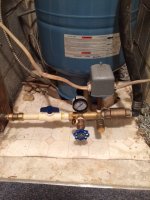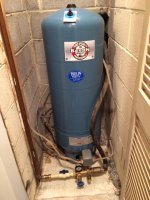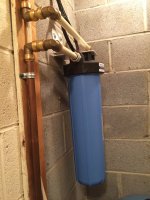JimSelena
New Member
Thanks for all the feedback. Well (no pun intended), I dug around the PVC and see the metal pipe. The PVC has a crack about six inches below the top of the steel pipe casing. The PVC is still rock solid with the crack. I think I will seal the crack with PVC glue, and install the top piece that sits above the steel pipe that cracked to smitherines. I already installed a coupling with two female ends to accept the foot long PVC pipe. Since the crack is below the steel housing what else can I do? I imagine replacing the steel pipe is not worth the expense.For sediment and rust flakes, the Pentek Big Blue 4.5 x 20 housings give good capacity at a reasonable price. You might put two in series. There are a lot of cartridges to choose from.
I suggest that you get your water test results before going further. You may well need more than a cartridge filter.
The water is pretty debris free now, a few wood particles from the chain saw shavings that seeped in after the tree fell on the well pipe top.
Another question. The kitchen sink faucet is VERY slow. I removed and blew compressor air to clear all the lines, but after re-install, the flow is very slow again. Can sediment (sand) be clogging the line to the kitchen faucet causing a slow water flow?
Also, see two pics. There is a steel rod assembly next the the steel pipe; is this the ground?
Thanks to all who have assisted me.

